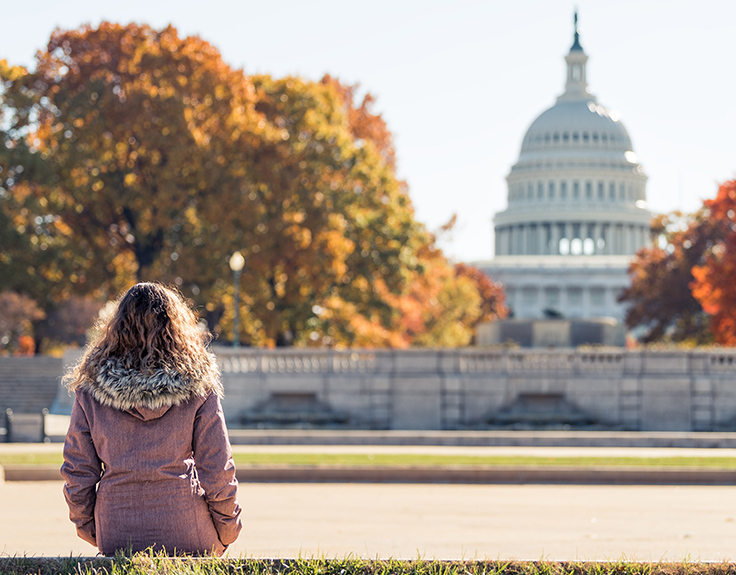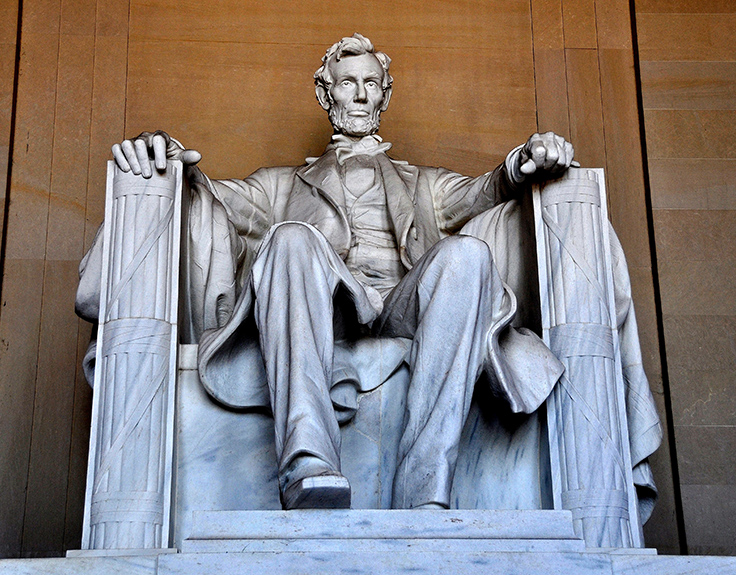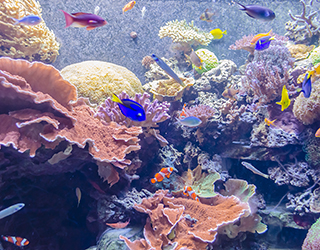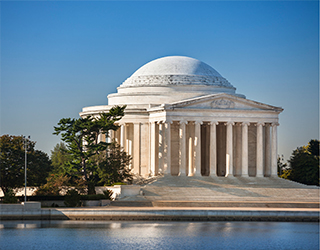9 Facts About Washington DC's Cherry Blossoms
The contrast between Washington DC's distinguished neo-classical monuments and the whimsical pink puff of cherry blossoms is a unique sight to behold, so if you’re planning a trip to Washington DC this spring, chances are you’re already wondering what the cherry blossoms are all about. While it’s famously difficult to pinpoint exact ‘bloom dates’, a visit between late March and mid April should hold you in good stead for a Washington DC cherry blossom experience. The best way to do it? Just hop on board with Big Bus Tours. Our open-top buses will take you right to the heart of this floral fiesta, and you’ll enjoy top-deck views unbroken by those sightseeing on foot.
Our live guides have plenty of facts and stories to share about the Cherry Blossom Festival. But, in the interest of enticing you to visit, we'll let you in on some of our favourites:
1. With dedicated TLC, cherry trees can reach 75 feet. The average tree is about 25 feet tall.
2. In 1909, Jokichi Takamine, the Japanese chemist who discovered adrenaline, was visiting the US. He suggested to First Lady Helen Taft that Washington DC could accept a gift of trees from Tokyo, in the name of friendship.
3. The first two trees were planted on the north bank of Tidal Basin in March 1912, and they still stand today. You can see them at the end of 17th Street Southwest, marked by a large plaque.
4. It’s against the law to pick the cherry blossoms in Washington DC While there aren’t any subtle wire fences or stern security guards like in a museum, any attempts to create your own corsage may very well land you a fine.
5. The first cherry trees were gifted to the city of Washington DC by Mayor Yukio Ozaki of Tokyo in 1910. The initial 3000-strong copse fared poorly due to disease and had to be burnt, but reinforcements were planted in 1912, and a few dozen, located near the Martin Luther King Jr. Memorial, are still blooming today. In human years, they’re into their 160s!
6. Some of the city’s cherry trees were cut down under mysterious circumstances soon after the Japanese invasion of Pearl Harbor. For some time following this, the trees’ Japanese origins were smothered by officials, who instead chose to call them 'Oriental'.
7. There are more than 3,700 cherry trees along the National Mall, and over 18,000 on National Park Service property within Washington DC.
8. There are a wide variety of cultivars among Washington DC’s cherry trees. The Yoshino, known for single white blossoms, forms 70% of the total, whereas the Kwanzan , which produces clusters of pink double blossoms two weeks after the Yoshino, comprises 12.6%.
9. Clones of the first trees were propagated in the 1970s, and some of these clones were sent back to Japan, where they have successfully grown . These cloned cherry trees both commemorate and reciprocate Mayor Yukio Ozaki's 1910 gift, and preserve the original lineage of the trees.






